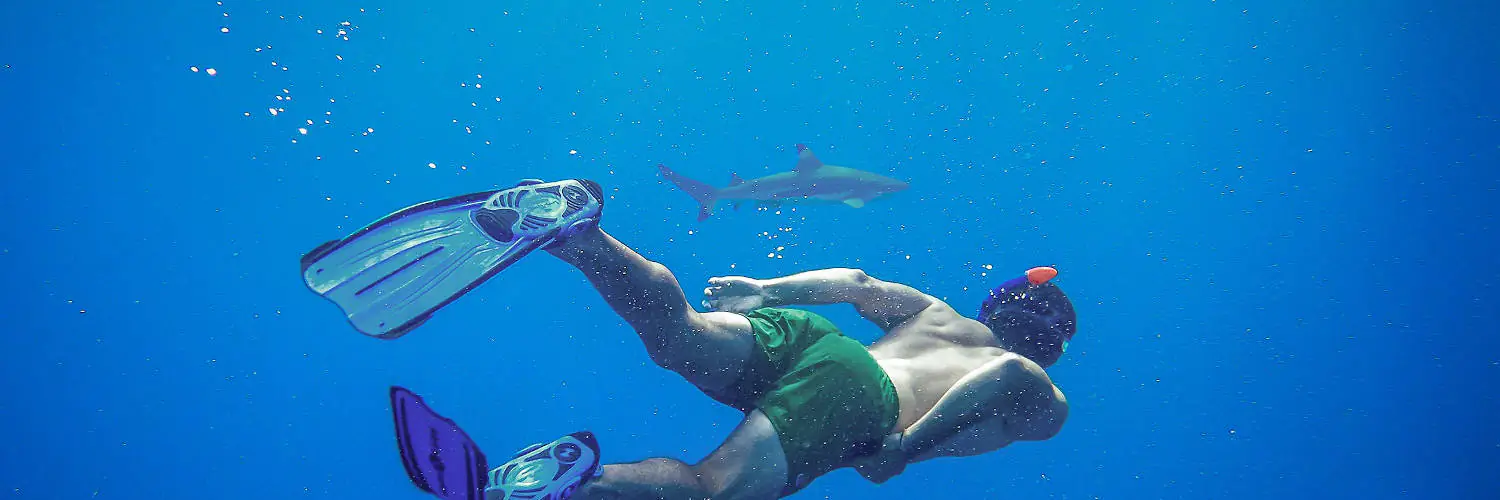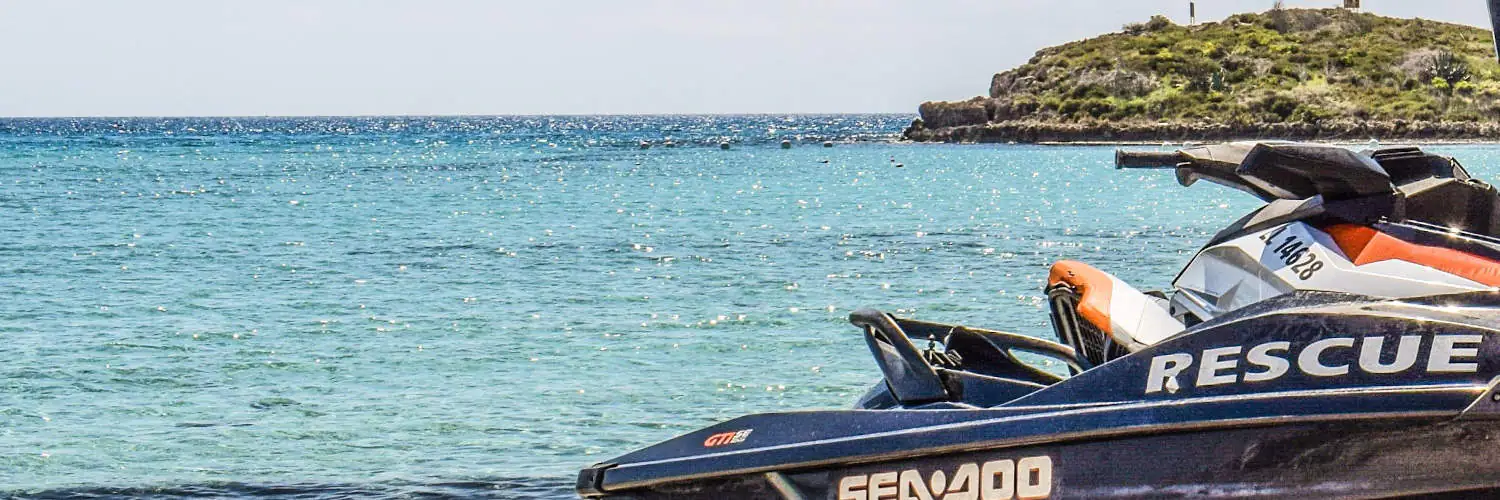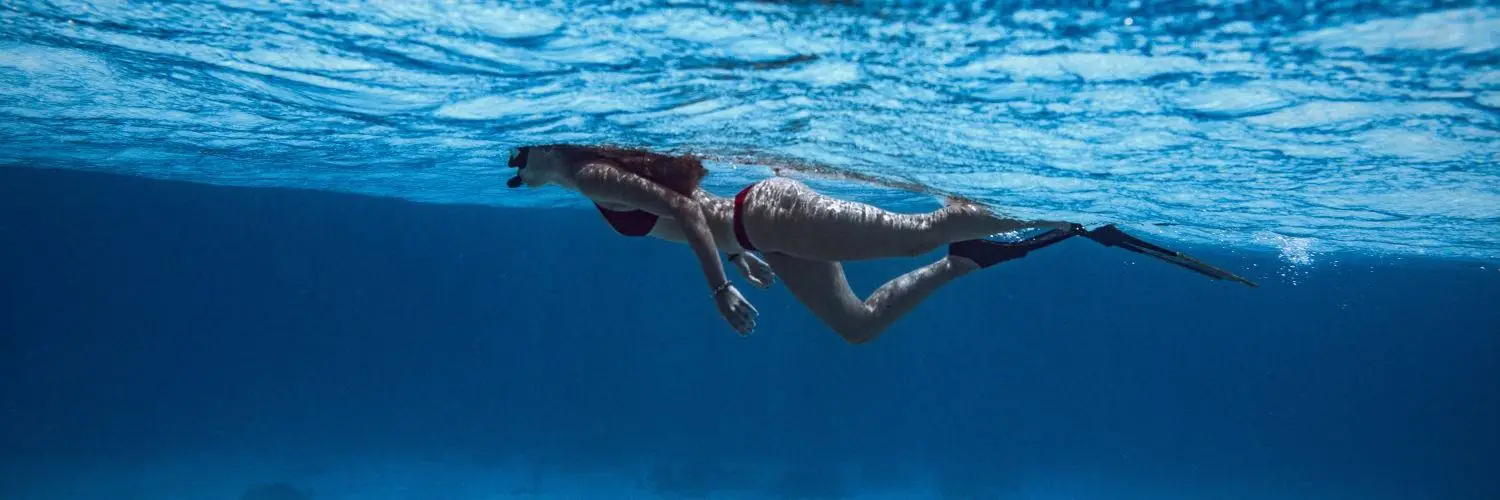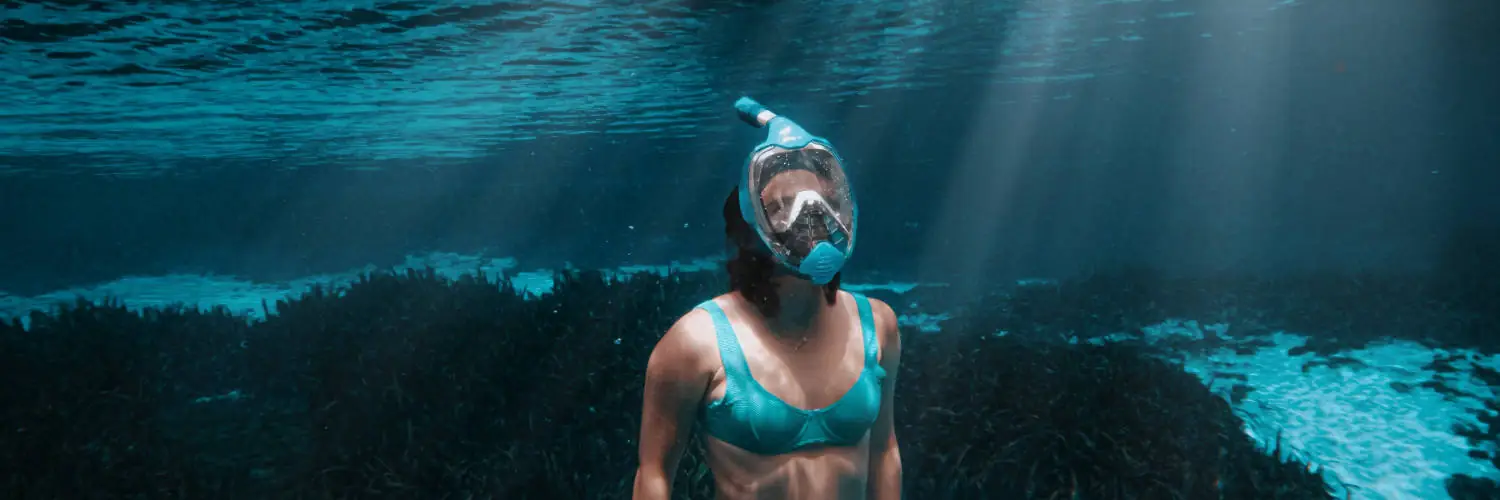Table of Contents
Snorkeling High or Low Tide: Best Conditions for Underwater Exploration
When it comes to snorkeling, tides play a crucial role in the quality of the experience. The movement of the ocean’s water level, which fluctuates between high tide and low tide, changes the conditions under the surface. During high tide, the higher water levels can provide snorkelers with deeper water to explore, potentially allowing access to areas that might be unreachable during low tide. This increased depth also often means calmer waters nearer to shorelines, which can make for more comfortable and safer snorkeling conditions.
Low tide, on the other hand, brings its own unique benefits. With water levels receding, snorkelers may find it easier to observe marine life in shallower areas, where creatures tend to congregate and feed. The lower water levels can lead to more pronounced visibility, as less water volume can reduce the amount of suspended particles. It’s important for individuals to pay attention to tidal schedules and local conditions to enhance their snorkeling experience, as these can vary greatly depending on the geographic location and the topography of the ocean floor.
Understanding the characteristics of high and low tide is essential for any snorkeler. While high tide may allow for extended exploration further from the shore and potentially in quieter conditions, low tide can offer a more intimate glimpse into marine life in shallower waters. Either tidal condition can provide an exceptional snorkeling experience, and being informed about their effects is a key step in planning a rewarding underwater adventure.
Understanding Tide Influences on Snorkeling
When planning a snorkeling trip, one must consider the timing of tides as they directly affect water visibility and marine life activity.
High Tide Advantages and Disadvantages
Advantages:
- Increased Water Depth: During high tides, the water level is at its peak, which often results in better water visibility and deeper water closer to shore, allowing snorkelers to swim over reefs and rocks that might be inaccessible during low tide.
- Access to More Areas: High tide can provide access to snorkeling spots that are not reachable during low tide, as the higher water levels cover more of the seabed.
Disadvantages:
- Stronger Currents: With high tides, currents may increase in strength, potentially making snorkeling more challenging for beginners or those not accustomed to such conditions.
Low Tide Advantages and Disadvantages
Advantages:
- Closer to Marine Life: Low tides often expose more of the seabed and coral structures, bringing snorkelers closer to marine life that lives in shallow waters.
- Easier Exploration: The shallower waters during low tide allow snorkelers, especially beginners, to explore with greater ease and safety.
Disadvantages:
- Limited Areas: Some areas may become too shallow for snorkeling during low tide, restricting the accessible locations.
- Potential for Disrupted Visibility: In some instances, low tides can lead to disturbed sediment, which may reduce water visibility.
Snorkelers should consult tide charts and tide forecasts to understand the tidal range, and plan their activities around spring and neap tides, which respectively lead to the greatest and least differences between high and low tides. A good knowledge of the local conditions, including the observable patterns of tides, visibility, and marine life, can greatly enhance the snorkeling experience.
Best Times for Snorkeling by Tidal Conditions
When planning a snorkeling adventure, it’s important to consider the tidal conditions. The state of the tide can significantly affect visibility, marine life activity, and overall safety.
High Tide:
- Visibility: Water is deeper, which may result in better visibility in areas where sediment or sand is a factor.
- Marine Life: More water volume can mean more active marine life.
- Safety: High tides can provide a buffer against rocks and reefs, offering a safer snorkeling experience.
Low Tide:
- Seabed Exploration: Lower water levels often expose more of the seabed to explore.
- Visibility: In some areas, low tide can improve visibility because there is less water to hold suspended particles.
- Marine Activity: Sea creatures may be more visible and concentrated in tide pools during low tide.
Snorkelers should always consult tide tables or a tide chart when scheduling their excursions. They provide specific times for high and low tides, helping to plan the outing during optimal conditions.
The time of day also plays a crucial role:
- Morning: Typically, the wind is calmer and the light conditions are good for visibility underwater.
- Sunset: This can be a magical time to snorkel, but caution is advised as visibility can diminish quickly.
- Weather Forecasts: Beyond tides, weather conditions can impact the snorkeling experience, so check the forecasts before heading out.
By understanding and utilizing tidal information alongside daily weather forecasts, snorkelers can optimize their chances for a clear, safe, and enjoyable experience.
Safety Considerations for Snorkeling
Upon engaging in snorkeling, individuals must prioritize their safety by accounting for oceanic and meteorological variables and comprehending aquatic currents.
Ocean and Weather Dynamics
The state of the ocean is influenced by various factors including weather conditions, winds, and waves. Strong winds can create choppy water conditions which might affect water clarity and potentially reduce safety for snorkelers. It’s imperative for individuals to check the weather forecast before snorkeling to ensure water temperature and conditions are suitable. Calm waters with high visibility are ideal, as they minimize encounters with predatory fish and allow for a safer observation of sea creatures.
Understanding and Predicting Currents
Currents are one of the critical aspects to understand when snorkeling for maintaining safety.
- Safe Swimming: Swimmers should be informed of the direction and strength of currents to effectively swim against the current if necessary, although it’s typically advised to swim parallel to shore to escape a rip current.
- Impact on Marine Life: Different currents can affect the presence of sea creatures; knowledgeable snorkelers can anticipate areas with rich marine life.
| Factor | Description | Impact on Snorkeler |
|---|---|---|
| Direction of Current | Refers to which way the water is moving | Determines safest swimming direction |
| Strength of Current | Measures the force of the water movement | Affects ability to swim effectively |
In sum, snorkelers should educate themselves on these two essential factors and plan their activities when conditions are favorable to avoid potential dangers.
Snorkeling Gear and Water Conditions
Choosing the Right Gear: Selecting the appropriate snorkeling gear is crucial for an optimal underwater experience. A well-fitted mask is essential for visibility, ensuring no water enters and disrupts the view. A reliable snorkel prevents water intake while allowing easy breathing. The use of a wetsuit is advised, not just for warmth but also for protection against abrasions from coral reefs or rocks.
Effects of Visibility: Water conditions greatly affect visibility. High tides can result in deeper water over coral formations, potentially offering more space for snorkelers to explore without disturbing the delicate ecosystem. However, high tides may also stir up silt, affecting clarity. On the contrary, during low tides, the water levels drop and the sea may become clearer but also shallower, making it easier to snorkel near coral reefs but also increasing the risk of damaging them.
| Tide Conditions | Visibility | Water Depth | Coral Safety |
|---|---|---|---|
| High Tide | Reduced by silt | Increased | Less risk of damage |
| Low Tide | Improved near surface | Decreased | Higher risk of damage |
Equipment and Water Levels: While the depth at high tide may require less physical exertion to avoid coral formations, low tide allows for closer scrutiny of marine life without the need for deep diving. Thus, snorkelers need to plan their equipment and route according to the tide schedules to ensure both safety and the best possible viewing experience.
Optimizing the Snorkeling Experience
Achieving the best snorkeling experience involves careful consideration of the ocean’s conditions and timing. Factors such as tides, location, and marine life activity are critical to enhancing the underwater adventure.
Selecting the Ideal Location and Time
Location: The chosen snorkeling spot should offer clear and safe waters, with an abundance of marine life. Consideration of the ocean floor is essential, where sandy bottoms tend to have less visibility than areas with rock formations or coral reefs. Ideal locations often include shallow pools, coastline reefs, and tide pools.
Timing: Tidal conditions significantly affect water clarity and access to marine habitats. Low tide generally exposes more of the sea bed, allowing snorkelers to enjoy shallow water experiences near the shoreline. During high tide, snorkelers can often access deeper parts of the reef and may find that the fish and aquatic life are more active and plentiful as they venture closer to the coastal feeding grounds.
Marine Life Encounters
Snorkelers engage with a variety of marine life, from schools of colorful fish to intricate coral formations. The tide plays a pivotal role in marine life encounters. During high tide, an influx of water brings nutrients that attract fish and other creatures, creating a dynamic underwater display. However, snorkelers should also consider the presence of calm waters, as they greatly improve the chances of observing marine life without disturbance. Underwater caverns and the intricacies of the reef are more accessible when the water level is higher and can be a haven for snorkelers seeking unique aquatic inhabitants.
Advanced Snorkeling: Deeper Explorations
Those engaged in advanced snorkeling often seek deeper explorations to witness the marvels of the underwater world. As they venture further, understanding the impact of tidal movements, specifically spring and neap tides, becomes crucial for a safe and rewarding experience.
Spring Tide Dynamics: During a spring tide, which occurs twice a month when the sun and moon are in alignment, snorkelers experience the greatest tidal range. This means deeper waters and stronger currents which can allow:
- Greater Access: The increased water levels can provide access to areas usually out of reach.
- Richer Biodiversity: The ocean floor may reveal more diverse marine life during these periods, making each dive more captivating.
Neap Tide Conditions: Conversely, neap tides, which arise when the sun and moon form a right angle, yield the least tidal range. During these times, snorkelers might encounter:
- Stable Waters: Reduced currents offer a safer environment for examining delicate underwater features.
- Ease of Navigation: The gentler waters make it easier to navigate around reefs and rock formations.
Advanced snorkelers often use the knowledge of these tidal patterns to plan their dives. Scuba diving skills also prove advantageous, allowing divers to explore beyond typical snorkeling depths safely. Every scuba diver knows that the ocean floor is a treasure trove of biodiversity and geological formations, and the right tide can enhance visibility and accessibility.
The choice of tide for deeper snorkeling excursions will influence the underwater terrain visibility, the types of marine life encountered, and the overall diving conditions. It is essential for any snorkeler or diver aiming to partake in advanced underwater exploration to be adept at assessing and adapting to these dynamic aquatic environments.








